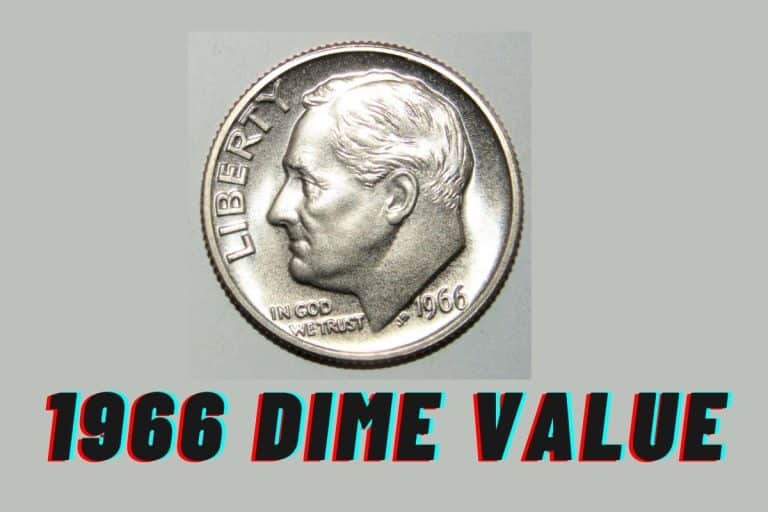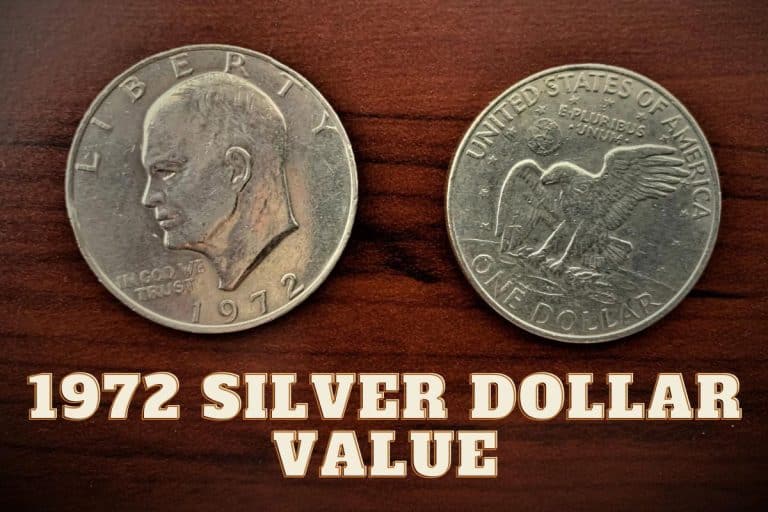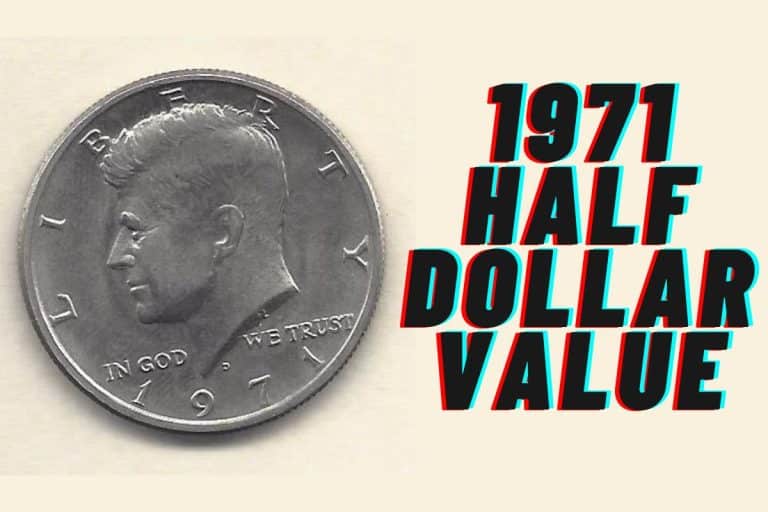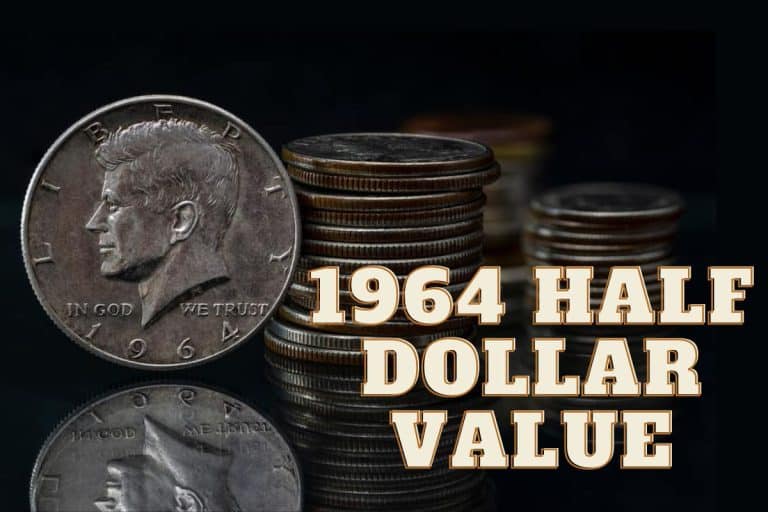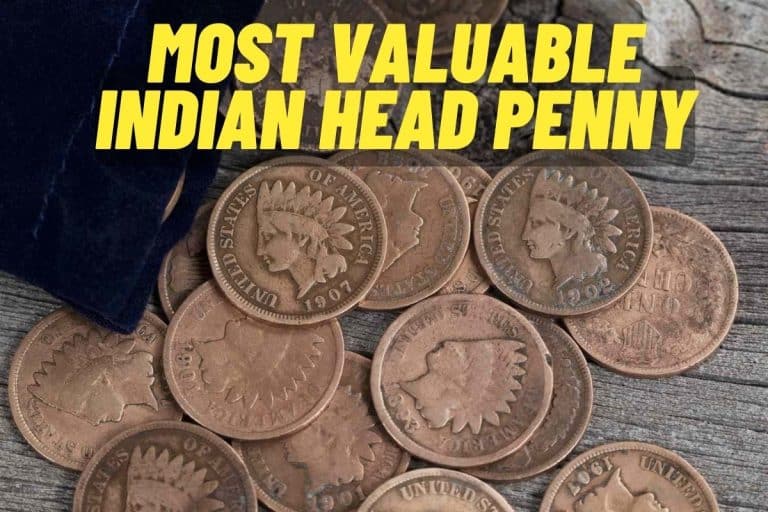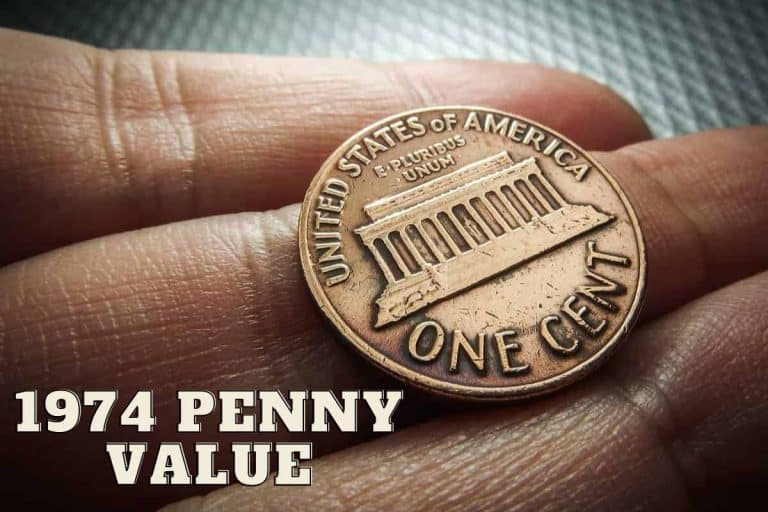If you appreciate the historical significance and numismatic value of the 1944 dime and would like to add it to your collection, then join us!
Coin collecting is one of the most underrated hobbies because it offers more than most people think. Coin collection can be the perfect pastime activity for art lovers, historians, and collectors because coins have artistry and history worth preserving. You can earn a fortune if you excel in coin collection and possess rare/proof coins.
The 1944 dime is an excellent addition to amateur and experienced coin collectors. The coin has a rich history behind it, and you can easily own a 1944 dime coin due to its availability in the coin collection market. How much is a 1944 dime worth?
How Valuable is the 1944 Dime?
The estimated value of the 1944 dime varies depending on the rarity and condition of the coin. The market value for a 1944 dime in circulation and in good condition is approximately $ 2.02 or higher. You can expect the market value of a mint-quality 1944 dime to range between $ 30 to $11,750, depending on the rarity and mint quality of the coin.
However, an accurate market value estimation of a rare and uncirculated 1944 dime may involve consulting a professional coin dealer.
The Market Value of the 1944 Dime Coin Variations
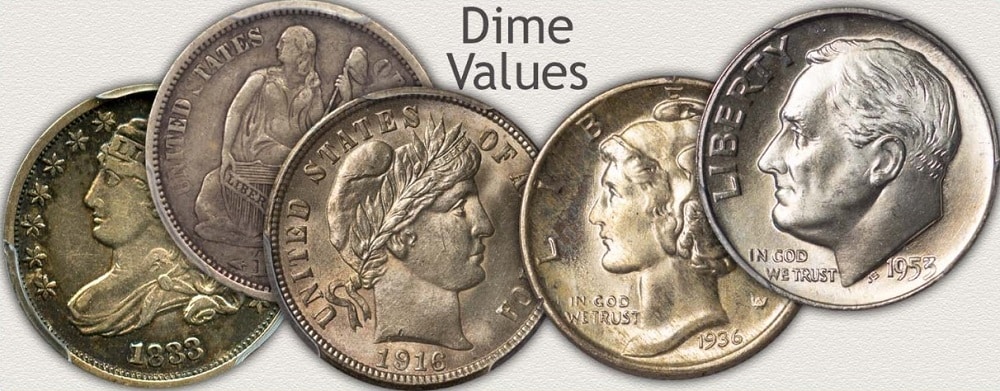
Below is an estimated market value of the 1944 dime coin variations.
- Philadelphia Dime Variation (No mint mark on the coin) – G 4 quality retails for $ 2.02, MS 60 quality coin retails for $ 6.18, and MS 65 quality retails for $ 28.
- San Francisco Dime Variation (S mint mark on the coin) – G 4 quality retails for $ 2.02, MS 60 quality coin retails for $ 7.13, and MS 65 quality retails for $ 35.
- Denver Dime Variation (D mint mark on the coin) – G 4 quality retails for $ 2.02, MS 60 quality coin retails for $ 7.13, and MS 65 quality retails for $ 35.
The value of the coin could be higher for proof quality coins like the Philadelphia MS 68 coin with a value of more than $ 25,300, San Francisco MS 68 FB coin with a value of more than $ 11,000, and the Denver MS 68+ FB coin with a value of more than $ 3,200.
A Brief Chronology of the 1944 Dime
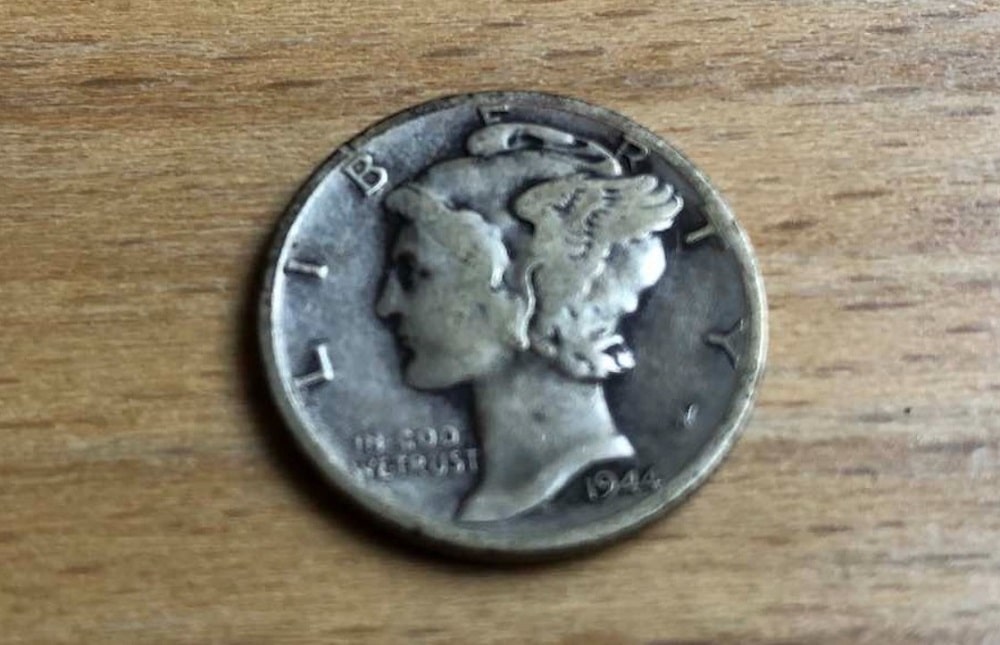
The 1944 dime coin derives its name from Disme, a French word meaning tenth. The American appropriation of the word Disme began gaining traction in early 1792 to refer to the value and weight of the silver dollar. However, it was until 1796 that the silver dollar began circulating in the American market. The silent “S” in the word lost its luster, and eventually, the term dime was born.
The 1944 dime is a Mercury dime, and it is common to hear coin collectors refer to it as so or the Winged Liberty Head dime. The United States national mint began producing and circulating the Mercury dime between 1916 to 1945.
The 1944 dime is a unique coin because it represents the second last year's production of the 90% silver & 10% copper coin in America. The metal composition of the mercury dime changed due to external factors such as the civil war and coin stacking.
Adolph A. Weinman is the designer behind the 1944 dime existence and responsible for the shiny and appealing look of the Winghead Liberty Head dime. The denomination connotation on the 1944 dime is one dime but refers to the American currency equivalent of 10 cents.
Notable Characteristics of the 1944 Dime
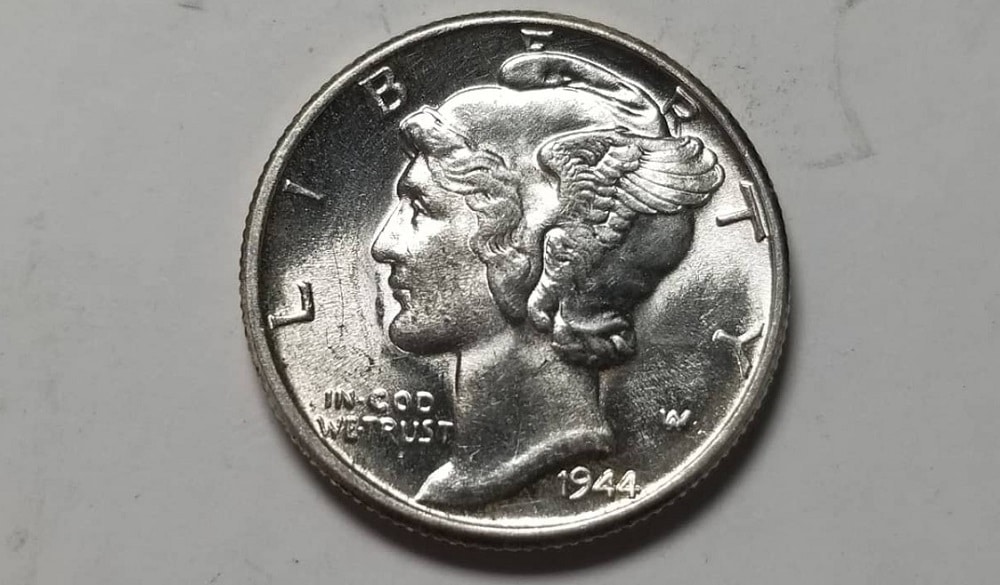
The 1944 Mercury dime has an erratic characteristic that is borderline ironic or sarcastic, depending on how you look at its properties. The 1944 Mercury dime measures 17.91mm (0.705”) in diameter and 1.35m (0.053”) in width, making it smaller in size compared to the nickel (5 cents) coin despite its double currency (10 cents) value.
However, the absurdity stems from the need to preserve as much silver as possible while minting the 1944 Mercury dime coin.
The metal composition of the 1944 dime coin comprises 90% silver and 10% copper, thus making it weigh 2.5 grams. The 1944 Mercury dime coin also features 118 reeds on its edge to complement the texture of the coin. Below are the notable characteristics of the obverse and reverse sides of the 1944 dime.
Obverse/Heads
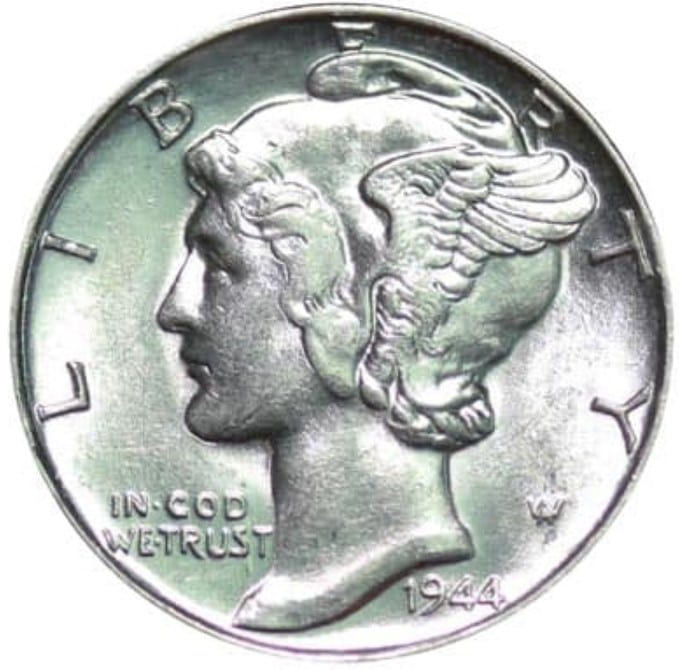
The obverse side of the 1944 dime coin features a portrait of Lady Liberty wearing a winged Phrygian Cap and facing left on the coin. You can locate the mint date 1944 at the bottom right of Lady Liberty’s neckline, and slightly above it, you can see a stylish AW monogram of the 1944 Mercury coin designer.
The inscription “IN GOD WE TRUST” appears on the front of the neck of Lady Liberty, whereas the inscription LIBERTY appears at the upper collar of the coin curing around the head of Lady Liberty.
Reverse/Tails
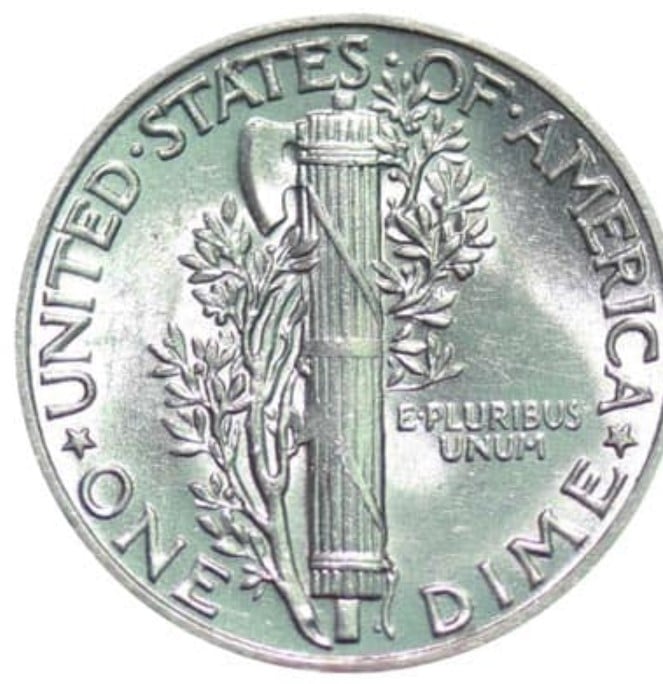
The reverse side of the 1944 dime features the inscription UNITED STATES OF AMERICA with dots between each word on the upper collar of the coin. The inscription ONE DIME appears on the lower collar, with two small stars separating the upper and lower collar inscriptions. You can locate the mint mark next to the word ONE at the bottom collar of the coin.
The reverse side of the 1944 dime also features a fasces at the center of the coin. You can also see an olive branch wrapping around fasces with a sticking-out hatchet near the top. The inscription E PLURIBUS UNUM appears on the far right side of the coin.
Are there 1944 Dime Error Coins?
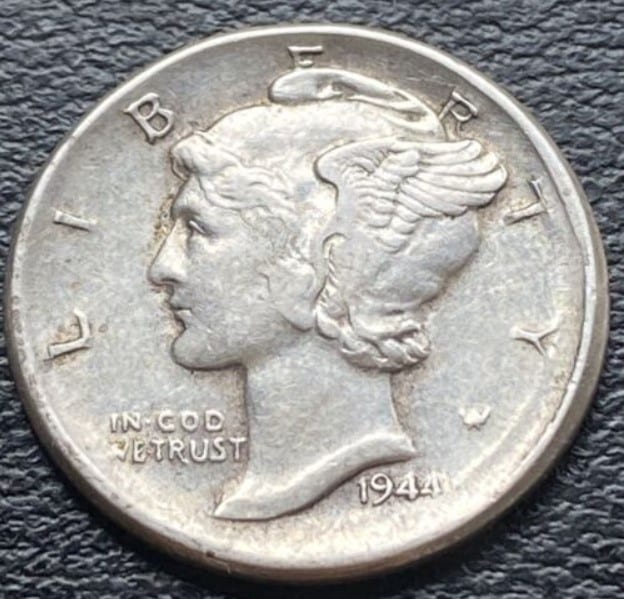
You can find 1944 Mercury dime error coins, with sought-after error coins being more valuable in the coin collection market. Winged Liberty Head dime errors include the DDO, uncentered Broad strike, D/D RPM, T-I broad struck, ragged clip planchet, clipped planchet, struck thru scrap, and struck 20/30% off-center errors.
Conclusion
You can buy/sell the 1944 Mercury dime coin at your local coin collection shop, pawn shop, or e-commerce platforms like Amazon or eBay. Do not shy away from getting a professional assessment of your 1944 Mercury dime coin for fear of being ripped off because you can always get a second, third, or fourth opinion from a different professional.

